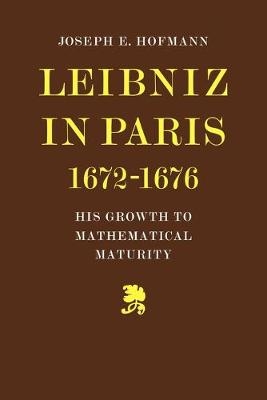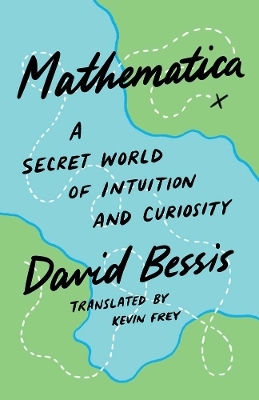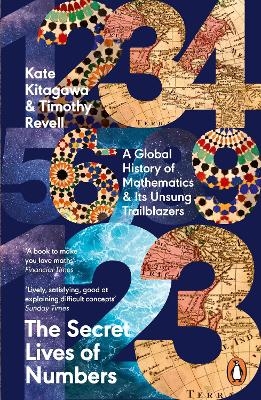
Leibniz in Paris 1672-1676
Cambridge University Press (Verlag)
978-0-521-08127-6 (ISBN)
1. Introduction; 2. The 'Accessio ad Arithmeticam Infinitorum'; 3. The first visit to London; 4. Oldenburg's communication of 6 (16) April 1673; 5. The great discoveries of the year 1673; 6. Readings in contemporary mathematical literature; 7. First communication about the new results; 8. The quarrel over rectification; 9. Disputes about clocks; 10. Leibniz receives first details of Gregory's and Newton's work; 11. Studies in algebra; 12. The meeting with Tschirnhaus; 13. The invention of the calculus; 14. Dispute about Descartes' method; 15. The report on Gregory's results and Pell's methods; 16. Newton's first letter for Leibniz; 17. Leibniz' reply; 18. Tschirnhaus' reaction; 19. Newton's second letter for Leibniz; 20. The second visit to London; 21. Conclusion.
| Erscheint lt. Verlag | 18.9.2008 |
|---|---|
| Zusatzinfo | Worked examples or Exercises |
| Verlagsort | Cambridge |
| Sprache | englisch |
| Maße | 152 x 229 mm |
| Gewicht | 570 g |
| Themenwelt | Mathematik / Informatik ► Mathematik ► Geschichte der Mathematik |
| ISBN-10 | 0-521-08127-0 / 0521081270 |
| ISBN-13 | 978-0-521-08127-6 / 9780521081276 |
| Zustand | Neuware |
| Haben Sie eine Frage zum Produkt? |
aus dem Bereich


